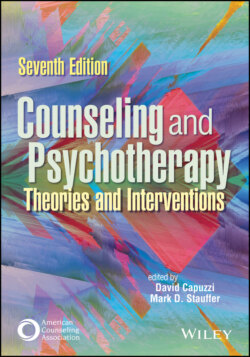Читать книгу Counseling and Psychotherapy - Группа авторов - Страница 130
APPLICATIONS Overview
ОглавлениеThe psychodynamic approach still relies on the basic foundational tenet from psychoanalysis—that understanding the ways in which early experiences of the client have shaped their current motivations helps the client find interpersonal resolutions to their problems (Fulmer, 2018). Compared with traditional psychoanalytic practices, modern psychodynamic thought is comprehensive, versatile, and conceptualized as a system in its attempts to explain irrationality (Fulmer, 2018). Although this approach is still evolving, it is a more inclusive and cross-cultural approach, adopting cognitive and behavioral focal points to treat clients (Fulmer, 2018). The modern presuppositions and objectives provide a framework for modern psychodynamic theory and support its viability in today’s world.
Although there is no precise shift from analysis to dynamic in historical practice, counseling itself experienced a person-centered shift following the work of Carl Rogers, and shortly thereafter, psychodynamic practice infused components of object relations, transference-focused attachment, self-psychology, and family systems approaches and became the foundation of cognitive behavior therapy and, later, dialectical behavioral therapy. This evolving change in the application of classical techniques is seen as dynamic, and the centralized focus on analysis has moved dramatically from the therapist to the working alliance between therapist and client.
